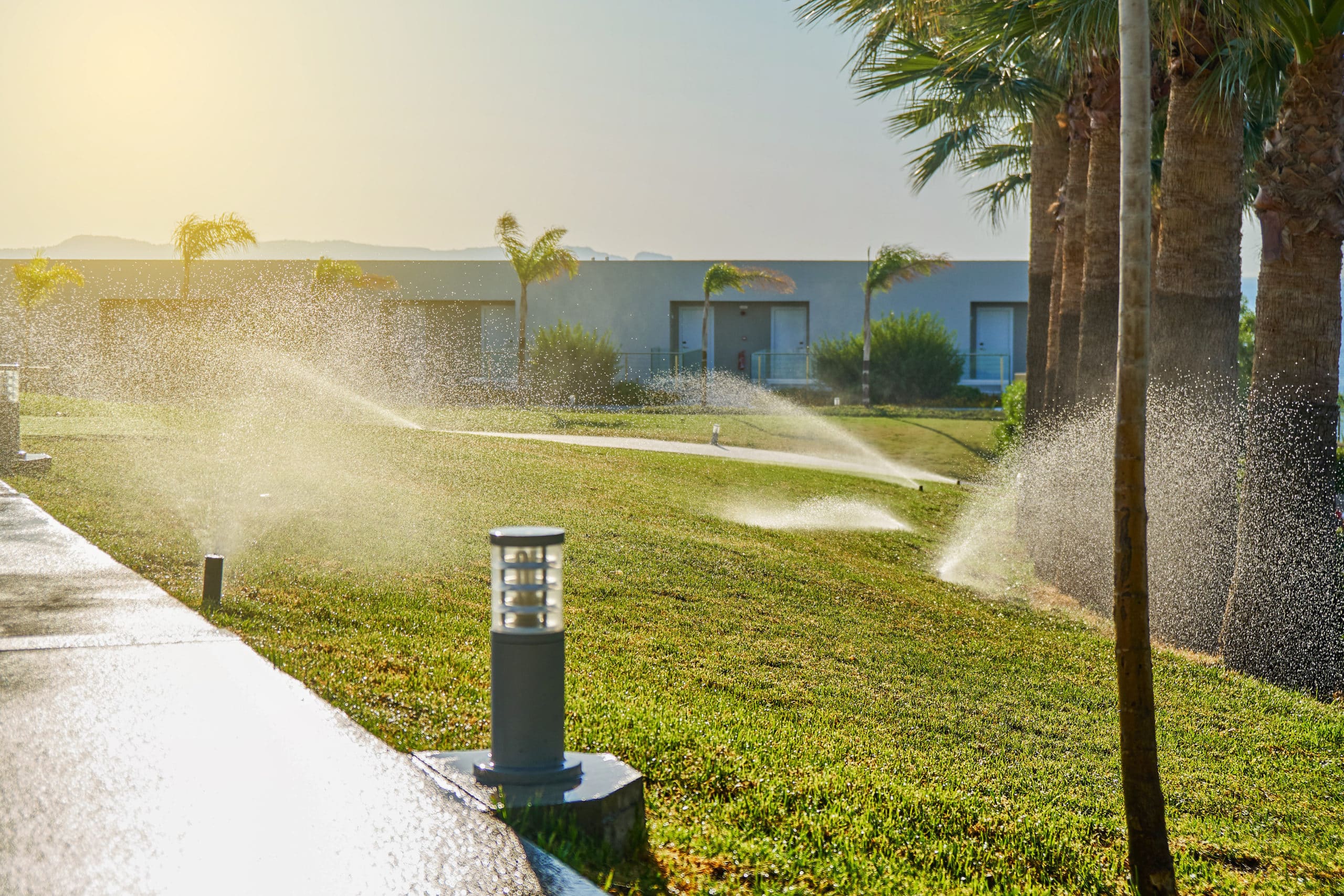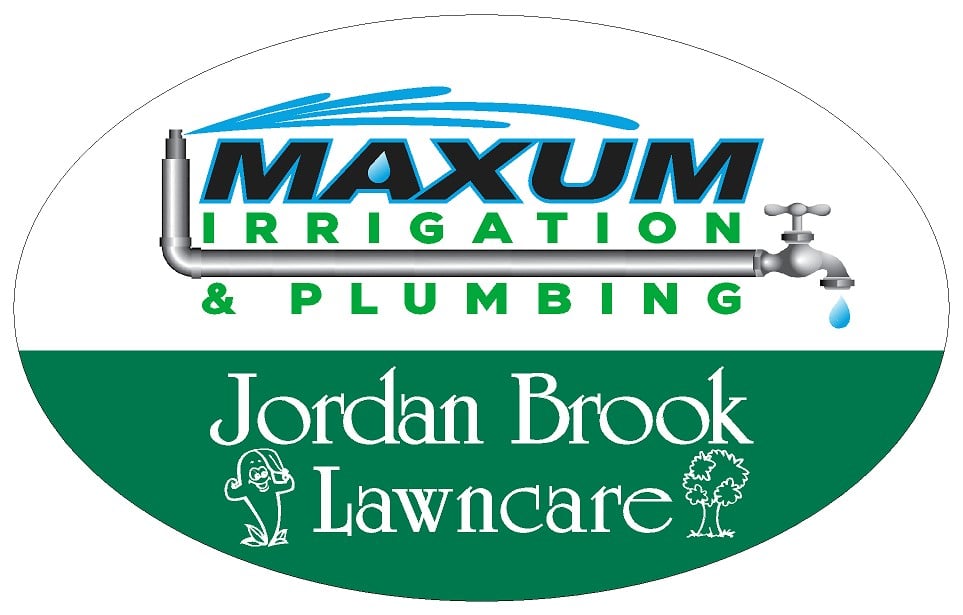As we edge of winter and head into summer you are probably thinking about your yard and what you need to do to get it in tip top shape for the summer months. This means an increase in water usage and this means a higher possibility of sprinkler system leaks. Learn how to identify and control irrigation leaks quickly.
Start with a Post-Winter Checkup
Pipes inside your home aren’t the only ones that can freeze. Each spring after you’ve winterized your sprinkler system, be sure to check for frost or freezing damage like cracks along the pipes. In most cases, draining or blowing the water out of the irrigation lines in the fall can prevent any problems caused by freezing and expansion.
Now is also a good time to double-check your irrigation system’s controller to ensure the schedule is set correctly.
How to Tell If an Irrigation System is Leaking
Wasted water and pricey utility bills aren’t the only risks associated with outdoor sprinkler leaks. Other problems can occur if a leak is large or left unattended. Sinkholes and underground cavities can form and damage property as well as utility lines. Plus, unequal watering because of a faulty sprinkler system can kill plants, ruining parts of your landscape.
Knowing the environmental and data-driven signs that you have a leak can help minimize damage and save you money on repairs or water bills.
Here are a few things to look for:
- Dry landscape. A lawn or yard that looks like it hasn’t been watered is an obvious sign that something may be wrong with your sprinkler system. You may also notice that most areas are dry while a specific area is green. That might help you find the broken sprinkler pipe underground.
- Higher water bill. If you haven’t been using significantly more water indoors but get a significantly higher than normal bill after you begin irrigation, you could have an irrigation leak. However, there could also be a leak somewhere else in the house. You may want to install a dedicated irrigation meter so it’s easier to determine whether the problem is indoors or outdoors.
- Pooling water around the sprinkler head. While your overall landscape may be dry due to uneven watering, leak areas can make themselves known with puddles around the sprinkler head or in other spots around the yard that suggest excessive water flow.
- Low pressure. Like other pipe leaks, pressure can tell you what’s happening within a system. And when it’s too low, it can mean that water flow is off, indicating a possible leak. This usually looks like sprinkler heads spouting very little water or, in some cases, they won’t raise at all.
- Visible damage. Just as you did with your post-winter checkup, look for cracked pipes as well as broken solenoid valves or damaged sprinkler heads.
The Easiest Way to Stop Irrigation Leaks? Install Irrigation Leak Detection Equipment.
Water-usage habits change seasonally as you start to water your lawn and wash cars at home. With that increase comes a higher risk for leaks. And while you can never predict when one will happen, you can catch it before it turns into a large, more costly problem using an irrigation leak detection device. You can set up your device to support your irrigation system and keep leaks on the lockdown.


